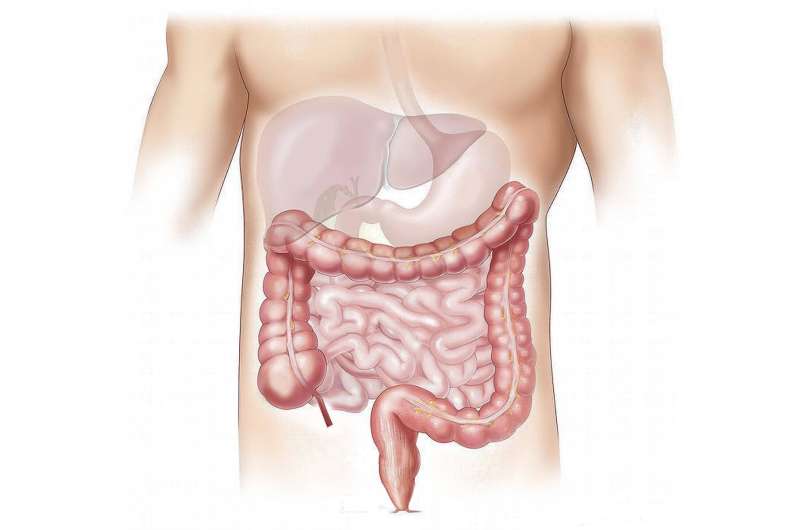
A cohort study of adults undergoing a colonoscopy after a positive fecal immunochemical testing (FIT) result suggest that endoscopists performing colonoscopy in FIT-based screening programs should aim for markedly higher ADRs compared with programs that use colonoscopy as the primary screening intervention. The study is published in Annals of Internal Medicine.
Screening reduces colorectal cancer (CRC) incidence and mortality by early detection and removal of colorectal cancers and polyps. One of the quality indicators for colonoscopies is the ADR, which proportion of colonoscopies in which at least one adenoma is detected. ADR is often associated with inverse post-colonoscopy CRC (PCCRC) risk, and many professional societies recommended endoscopists have an ADR of at least 25 percent. FIT-based screening programs have also become common worldwide. Participants with a positive FIT result have a high prevalence of adenomas, leading to high ADRs for endoscopists performing colonoscopies in this setting. However, it is unknown whether the association between the ADR and PCCRC is also present in colonoscopies performed after a positive FIT result.
Researchers from Erasmus University Medical Center, Rotterdam, conducted a population-based cohort study of 362 endoscopists who performed 116,360 colonoscopies with a median ADR of 67%. In 426 participants diagnosed with PCCRCs, 49% were classified as interval cancer and 51% were classified as noninterval cancer. The authors found that higher ADR was associated with lower PCCRC incidence, and that colonoscopy in FIT-positive persons demands a markedly higher ADR target than primary colonoscopy.
They report that for an endoscopist with an ADR of 60%, the cumulative incidence of interval PCCRC for colonsoscopies performed in response to positive FIT was almost 2 times higher than that of endoscopists with an ADR of 70%. This risk was even higher for endoscopists with ADRs less than 60%, with the expected number of patients diagnosed with interval PCCRC in 5 years was approximately 2 for endoscopists with an ADR of 70%, compared with almost 3.5 for ADRs of 60%, and more than 4.5 for ADRs of 55%. According to the authors, their findings support the use of ADR, with different targets, as an important quality indicator for endoscopists in FIT-based as well as primary colonoscopy screening programs.
Source: Read Full Article






